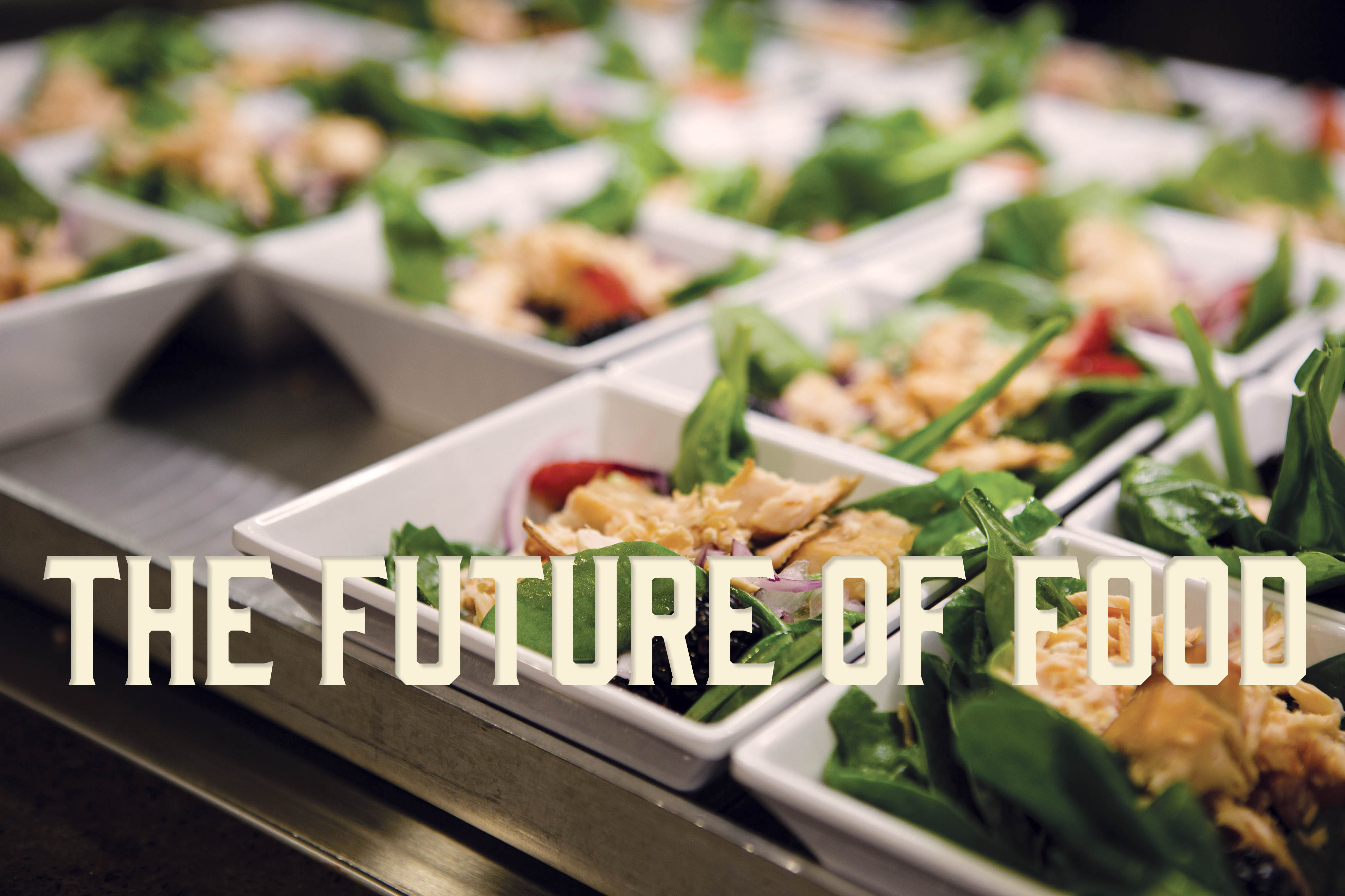The futurist
Have you ever eaten algae or insects? Chances are very good that you have, although not knowingly—unless you were competing on Fear Factor. Two high-order societal movements could push algae and insects onto our plates: sustainability and the increase in food allergies, sensitivities, and tailored/specialized diets.

Micro-algae are one of the oldest food sources on the planet. Recently, algae have been cultured as a source of DHA-Omega-3 and astaxanthin in nutraceutical products. New breakthroughs in sustainable production and strains of micro-algae will lead to launches of new algal food products by San Francisco-based Solazyme in late 2014 and early 2015. These new ingredients will provide sources of vegetarian, allergen-free protein in the form of non-GMO “algal flour” as well as high oleic oils and “algal butters.” Food companies and consumers have been searching for alternative renewable, sustainable, vegetarian sources of complete protein, and it appears that micro-algae could meet that need very soon. Micro-algae products are likely to be used in cosmetics, industrial compounds, and agricultural feed. The first food products in the marketplace that we will see will likely be bakery goods, protein/nutrition bars, and plant-based beverages.
Entomophagy—eating insects—has been practiced by human cultures for thousands of years, although it is taboo in Europe and most of North America. We do eat “bugs” from the sea, and packaged insect foods and ingredients have a warning for those who have a shellfish or crustacean food allergy. Americans are entering a time when our taboos may succumb to the hard reality of land-use and the need for nutritional food supplies that can feed 9 billion people worldwide by the year 2050. Why eat bugs now in America? The motive has a lot to do with the abundance of insects, their high nutritional value, and the sustainable nature of insect agriculture: insects are more efficient at converting feed into edible mass than traditional livestock like poultry, cattle, pigs, and even fish.
Insects produce fewer greenhouse gases. They are typically high in protein, fat, and amino acids like lysine and tryptophan, which are not as common in cereal grains and legumes. A line of sweet, baked Paleo-diet and gluten-free products from a company called Bitty Foods has launched using cricket flour sourced from farms in the United States and Canada. Crickets are grown, washed in boiling water, roasted in an oven, and then ground into a fine powder that is described as nutty in flavor. Upscale eateries around the world are experimenting with insects at the center of the plate.
Many insect species have unique flavor profiles reminiscent of apples, bananas, and pistachios. The most common edible insects in North America are crickets, grasshoppers, and mealworms, but look for more options in the future. Other packaged foods that you can find in the United States that use insects include energy/nutrition bars from EXO and Chapul, as well as baked cricket chips called “Chirps” from Six Foods, which are about to hit the marketplace.
Kevin Appel ’96 is associate culinary director at Sterling-Rice Group, a Boulder-based brand growth and innovation firm. He is the R&D expert for new product innovation and development.


